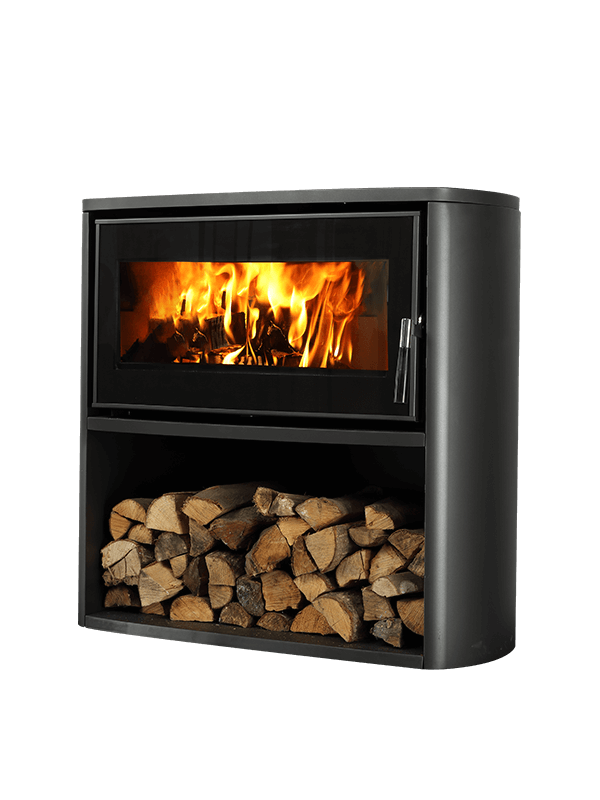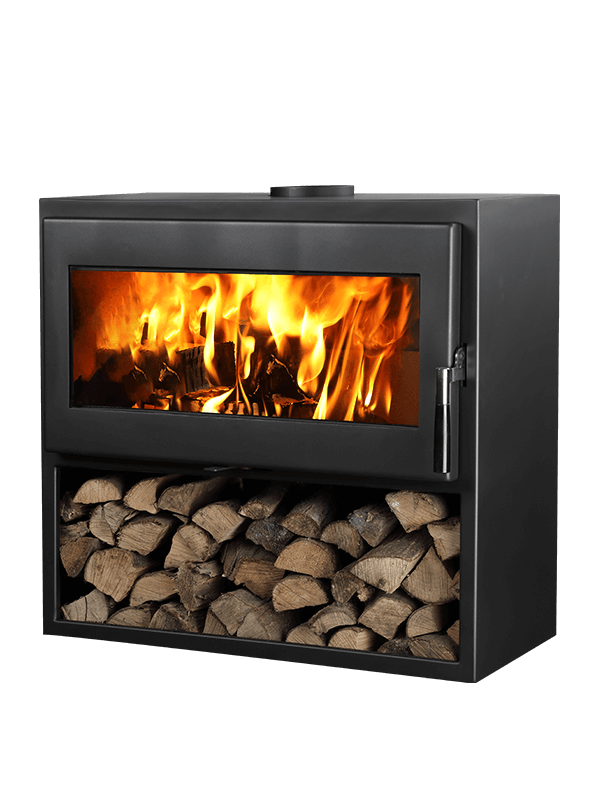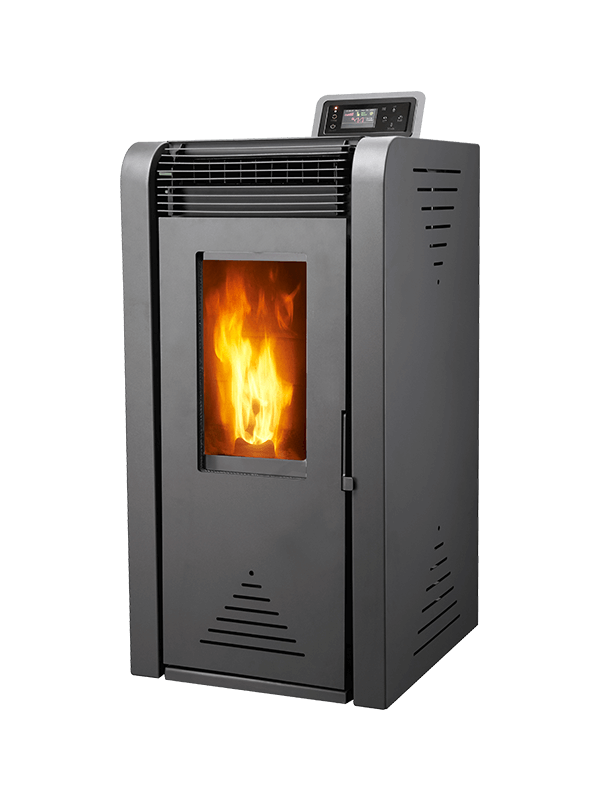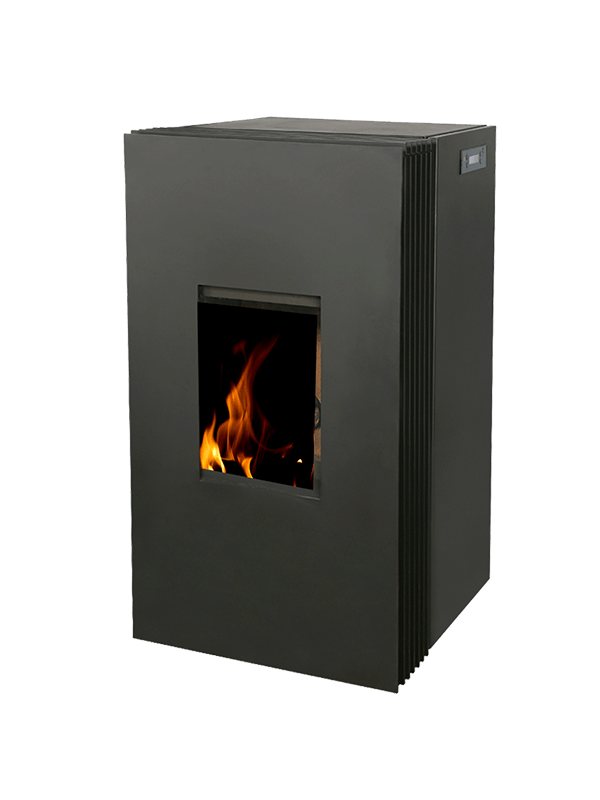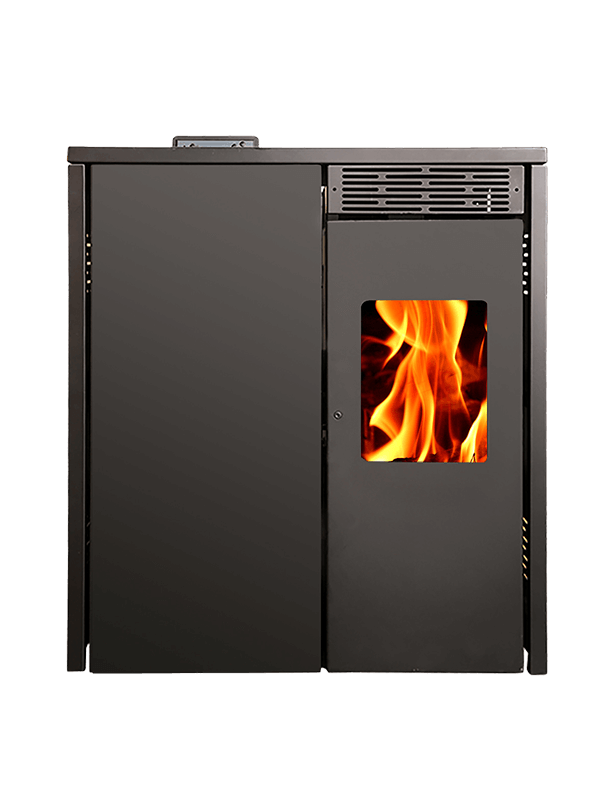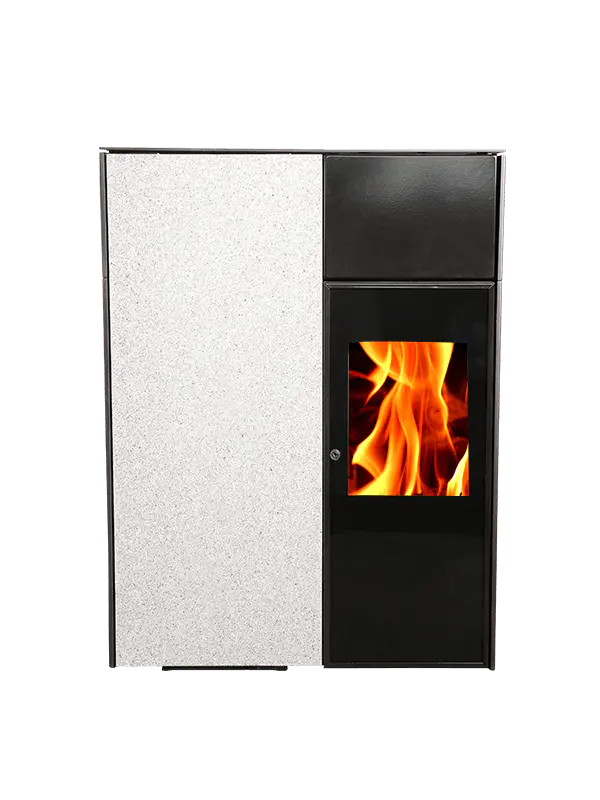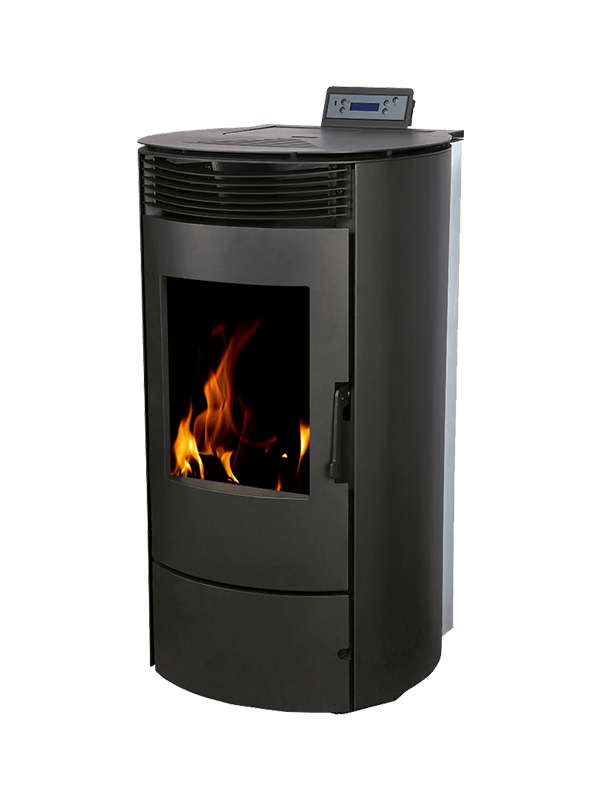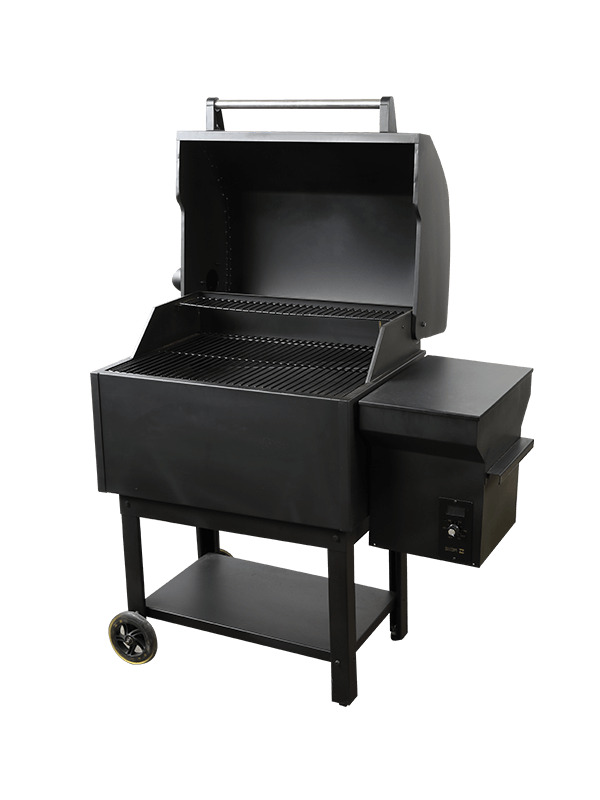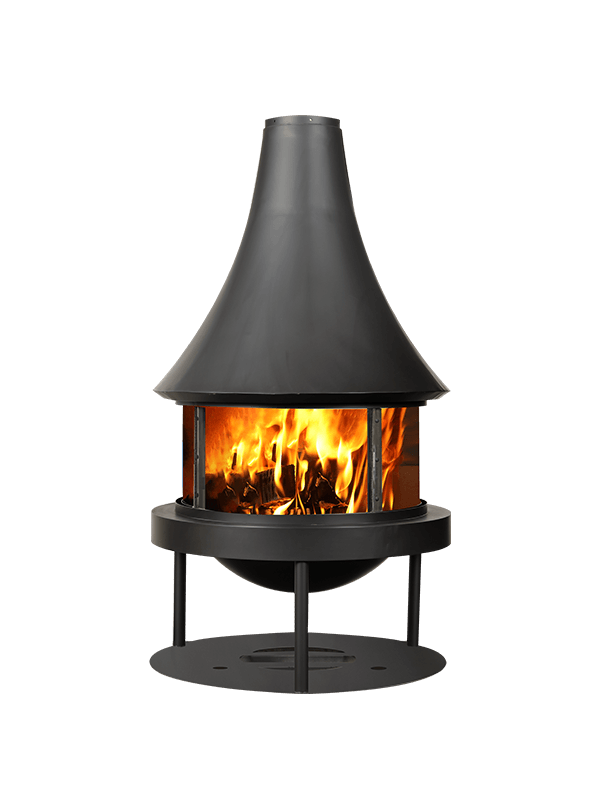Why You Shouldn't Use a Wood Heater Without a Carbon Monoxide FilterA wood-burning fireplace is an outdoor heating appliance capable of instantly burning wood and other wood-based biomass fuel, including sawdust or small brick blocks. In general the appliance includes an open firebox, usually lined with fire brick, and at least one or several temperature controls. The most common styles are those that sit on a stand. However, it may also be mounted on a wall.
Although there are models available to sit on a stand, it is best to buy the unit fully assembled. By doing so you can avoid having to pay an extra fee for the fuel source and gas. You'll also have the satisfaction of knowing that the unit is performing as it's designed. However, if you have purchased an older unit you might not be able to return it to a 'like-new' condition. For these cases you should purchase a new wood heater.
One of the unique benefits of wood heaters is that they give off some of the cleanest smoke. This is especially true of models that are designed as pellet heaters. These are simply units that burn small amounts of wood or coals as they're sitting on a shelf or in a box. If you're thinking of starting a wood stove collection then you should definitely consider a pellet heater. You'll find these units are much easier to maintain and are less likely to catch fire than some other types of wood-fired heaters.
However, if you want to purchase a wood burning stove that gives off a great deal of smoke then you're going to need to look at either a gas or electric model. Although both of these types can produce great results, there is an obvious difference between them when it comes to air quality. Gas models tend to put out a lot of smoke and are much cleaner to operate and maintain. Unfortunately, this is also a common problem that many people experience with these units. It's fairly easy to see why.
A gas-powered wood heater puts out a lot of smoke because it runs on propane rather than natural gas. This means that it has to use more fuel in order to provide the same amount of heat. This in turn means that you're not only putting out particulate matter per standard, but you're also putting out a lot of toxic air pollution that's discharged into the air when the unit runs. The particulate matter emission is usually in the form of smoke.
One thing to keep in mind when purchasing a wood heater is that most manufacturers will recommend that you install a flue filter. The flue, which is the large screen where the heat escapes from the stove, needs to be tightly sealed in order to avoid all the smoke from escaping and becoming particulate matter. Many people try to bypass the filter, but this can lead to clogged air holes and a fire. If you notice that the flames are always too bright to avoid, or the flame isn't evenly distributed across the entire chimney, then you may have a flue that needs to be replaced. Replacing your flue should be performed periodically throughout the life of the unit.
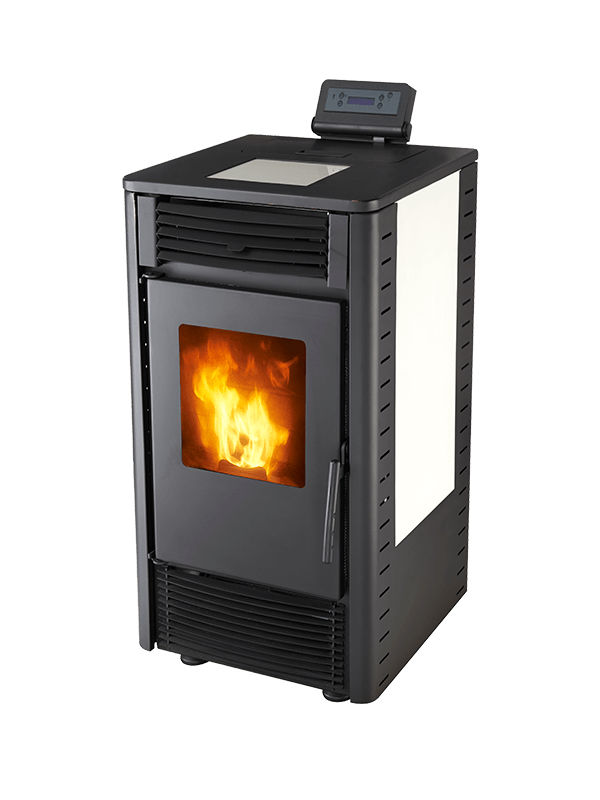



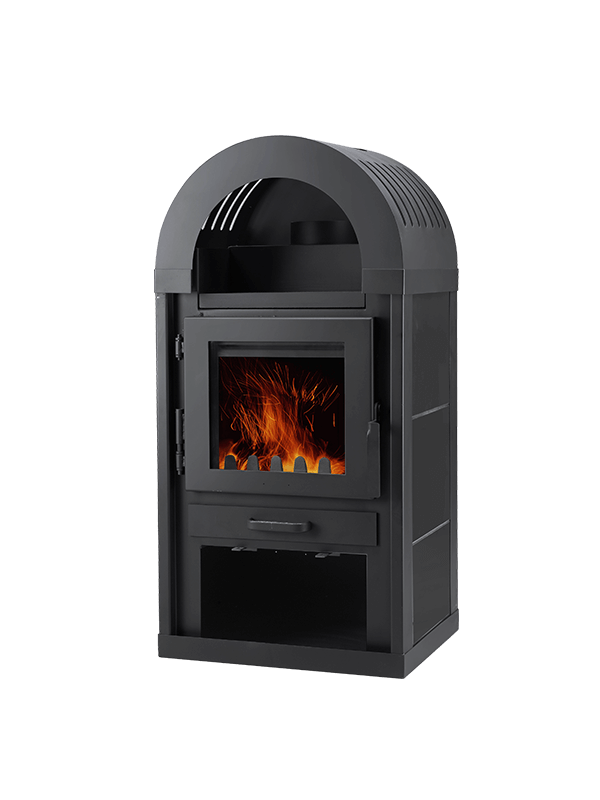
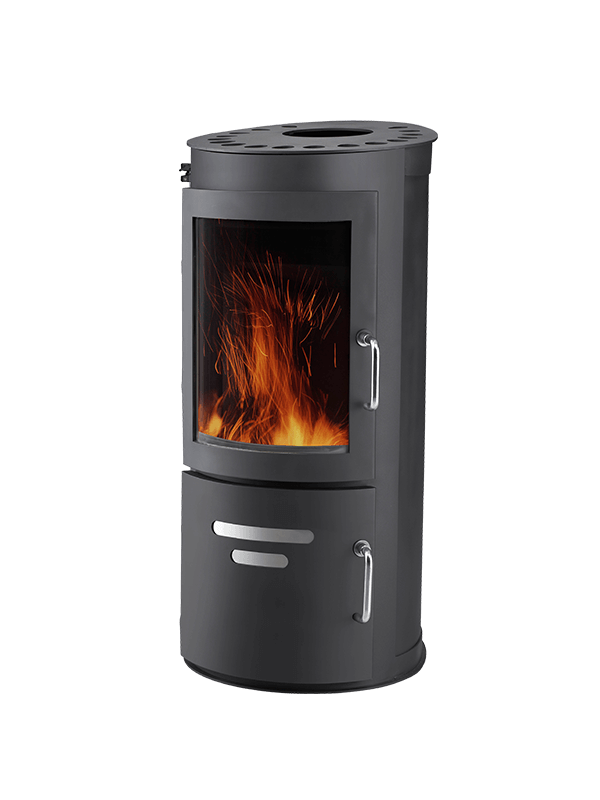
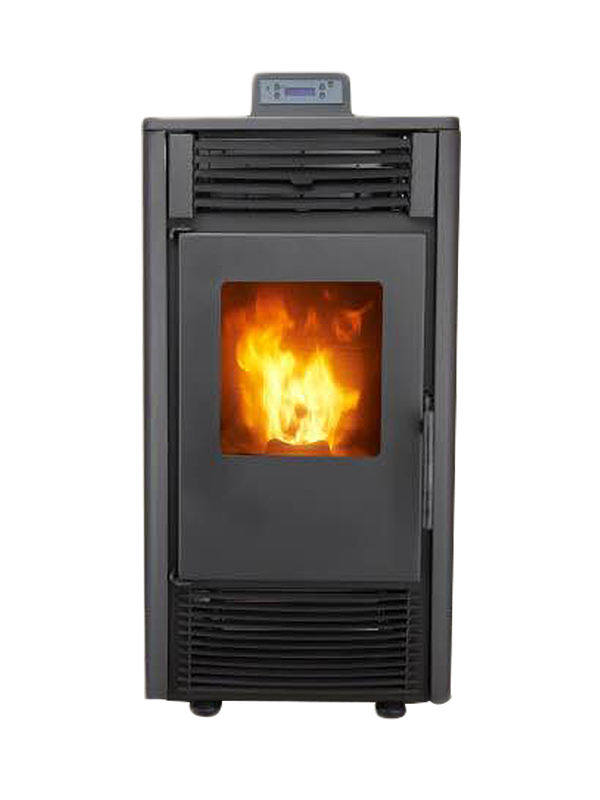
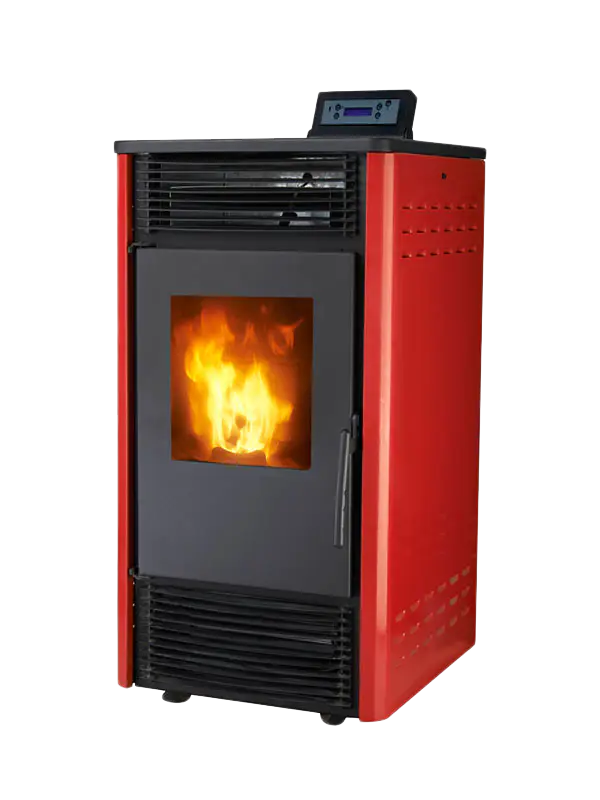
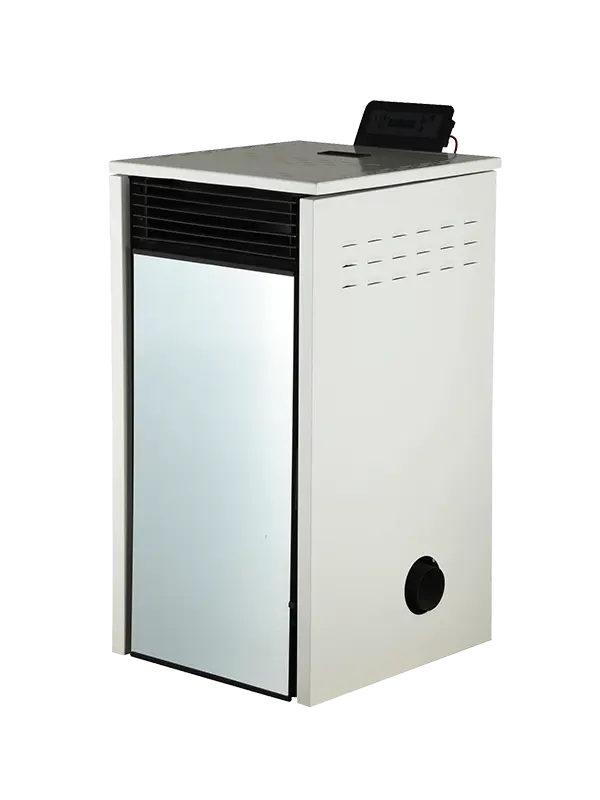
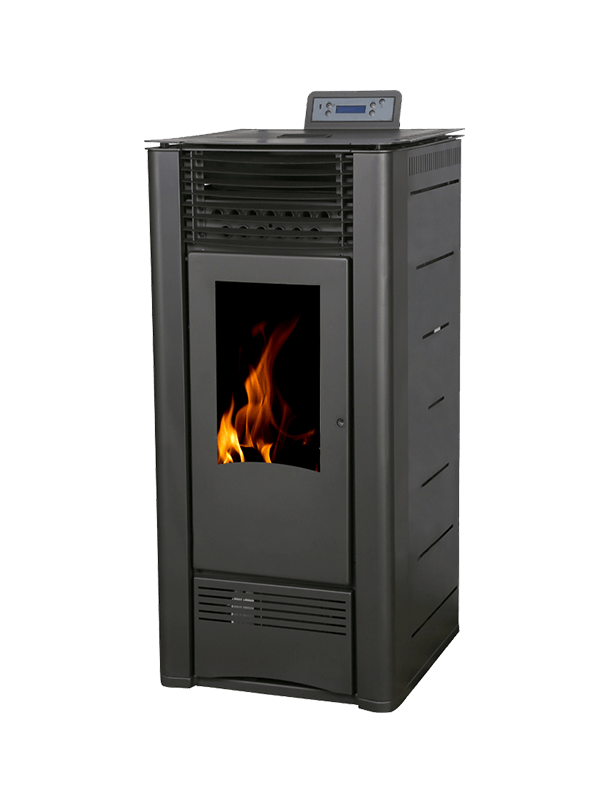
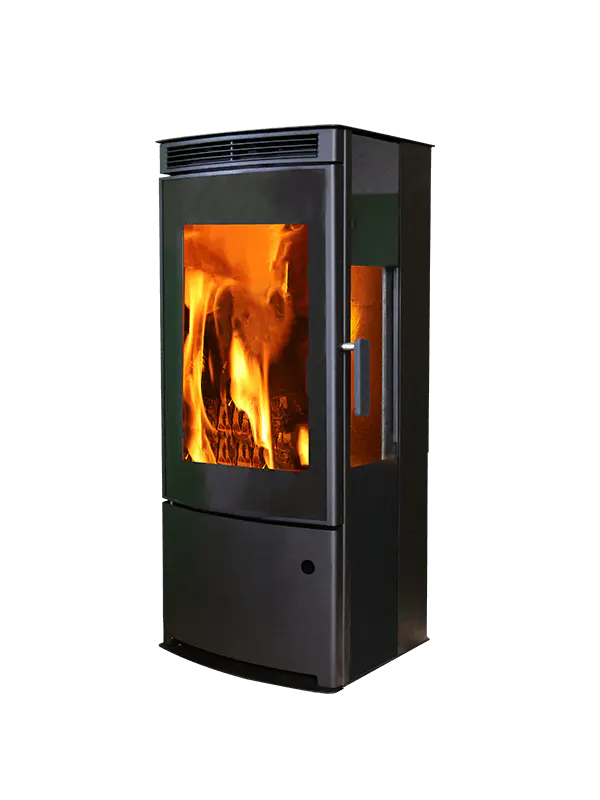
-.png)
